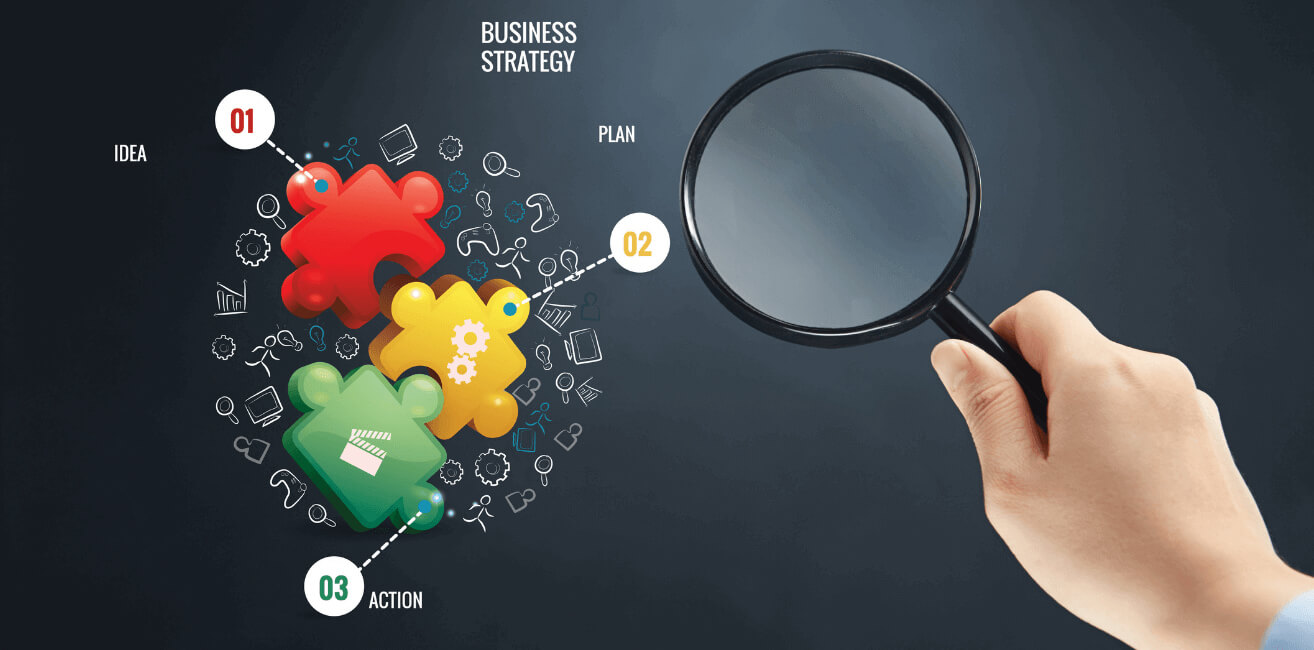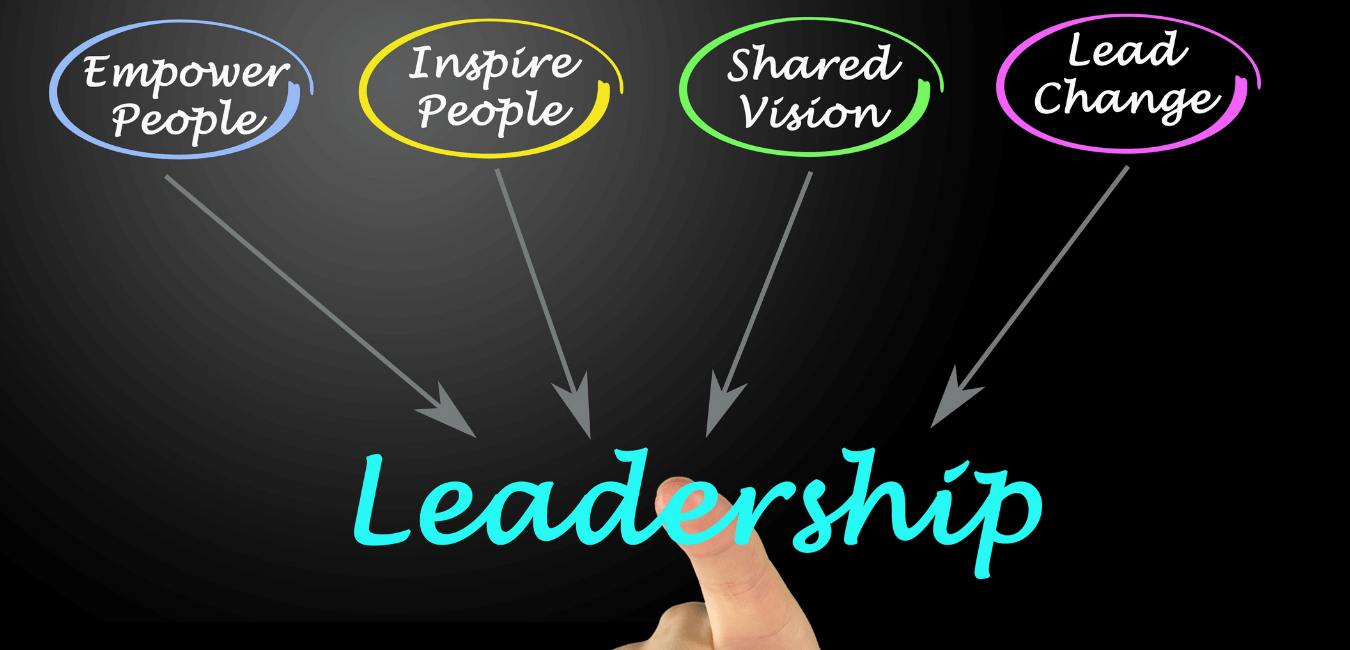
Small Growing Business (<$1M Rev)
Situation/challenge
CEO of a financial services company looking to move from start-up through break-even and then to high growth; with a great command of the industry, the CEO was looking to enable the organization by putting in place core structures, processes & capabilities including sales & marketing, finance & operations, HR, compliance and a technology implementation agenda rapidly and effectively
What Branbis Did
Over a period of 18 months, Branbis followed a process that began with a series of off-site meetings to create thinking time and space; this was followed with an agile planning approach ("minimum viable product") which provided a staged and milestone-driven digestible cost, activity and time structure.
Subsequently, Branbis then put in place the following elements:
- an execution roadmap and plan, marrying the twin goals of sales plan & production throughput with regulatory and compliance oversight
- a staged implementation of operational throughput enablers including a strategic mix of outsourced and in-sourced corporate resourcing
- an HR plan built on experienced but contracted resources to bring appropriate mix of needed skills
- a financial plan including margin analysis to stabilize and provide guidance and sight-lines to connect new business with the cost of servicing existing business
Results / outcomes
- 50% quarterly growth
- Enablers resulting in accelerated growth of top line and operational resources and processes
- A coaching program to enable the CEO to plot the areas of development required to deliver on aggressive business goals

Not For Profit (large)
Situation/challenge
CEO of an environmental Not-for-Profit tasked to implement a strategy to globalize and transition to delivery partner for specific sectors in response to increased competition for resource and capacity funding
What Branbis Did
Following framing of the partnership, Branbis led an effort to define and secure approval for a program to build partnership capability drawing from both organizations
The program roadmap extended 2 years with the majority of up-front activities focused on design and implementation of the required capabilities and delivery locations to drive timely delivery of partnership deliverables
A central organization staffed by key members of both organizations led the on-boarding of key focal point local organizations based in strategic regions
A series of parallel pilot projects was then kicked off to test response times and resourcing for local and global efforts on specific test projects.
Results / outcomes
- The rapid start-up approach enabled key resources to on-board into the project early and in digestible time frames
- Based on early pilot results, the program was so successful that contingent program funding was approved and multiplied 10-fold to fast-track additional projects
- Success measures focused on the reduction of environmental risks in highly sensitive locations by improving assessments and coordinating stakeholder engagement actions and communication strategies.

Large Business ($100M+) Rev
Situation/challenge
CEO of a leading global heavy lift industry; looking to shift structures and processes to support a major shift away from medium/local engagements to large complex projects
What Branbis Did
Branbis initially worked with the CEO and a small sub-team of executives to define a number of structural, process, staffing, development and communication initiatives to implement the plan. Over a subsequent period, this team worked to implement a core global group of center and locally deployed resources to start-up and then run the unit. Through a series of integrated core and local processes (pitch, present, win, solution design & deliver) were led and managed by the wider group of the combined global and local organization.
Results / outcomes
- "Fast start-up" approach resulting in rapidly developed "agile" plan (1 month)
- Implementation of the new organization design within 3 months of start-up
- Within a year, large projects made up 10% of total revenues, more than triple the expected shift in the first 12 months

Board of Directors
Situation/challenge
Long-standing organization facing diminishing funding sources and dwindling membership together with the on-boarding of new Chair
What Branbis Did
With the sponsorship of the Chair and a presentation of a plan and approach that was approved by the board, Branbis ran a series of short diagnostic interviews to enable a discussion of the current state challenges faced by the board and new Chair. Subsequently, a time-frame and plan was agreed and the work was kicked off with a structured off-site that combined the board's going-forward agenda of short-term strategic initiatives to address key funding and membership initiatives as well as provide a place for board members to work together to clarify roles, define sub-committees & leverage external expertise in a series of facilitated, reflection & action oriented meetings.
Results / outcomes
- Significant progress in a much tighter time-frame on the board's short term urgent issues
- Improved ability to focus on strategy while not being distracted by day-to-day operational issues
- Establishment of time and space for respectful and frank dialogue which enabled members to speak freely on a number of long-standing conflicts which had plagued movement on key initiatives
- Implementation of the updated strategic agenda leading to initiatives including on-boarding a new ED, re-freshing the board's own mandate, securing new sources of funding, and establishing membership re-fresh initiatives via a series of reach-out campaigns targeted at a younger age group

Remote Team Performance
Situation/challenge
Variety of situations with remote and F2F teams including going virtual, dealing with under performance, restructuring to re-align to new and changing objectives and ways of working, defining and clarifying new roles and responsibilities and dealing with long-standing, entrenched conflicts between team-members
What Branbis Did
The majority of remote and F2F team interventions Branbis leads involve triangulating 3 important elements - first, the task and agenda of deliverables of the team; second the composition of members, resources at their disposal and constraints; and third the human capability for collaboration, conflict resolution and ability to properly assess interpersonal dynamics. Based on an initial meeting w the team leader, Branbis then presents a feedback and debrief of the initial diagnostics and creates a team development plan that identifies gaps and areas for development. A mix of team, sub-group and one-on-one coaching enables team members to share in the development agenda, creating buy-in for actions and outcomes
Results / outcomes
- Personal and team insights into strengths and development areas
- Motivation through discovery of new growth areas to explore areas for development and creating new skills and capabilities
- Creation of shared language to enable members to articulate previously problematic, recurrent and frustrating behaviors and ways of working

Business Coaching
Situation/challenge
Effective business coaching results in the creation of practical transition strategies for individuals at different stages of career. It provides the elements of challenge and support resulting in significant acceleration, clarification and articulation of the transition and what and how the individual can engage with its personal and professional dimensions
What Branbis Did
Branbis develops and applies an approach that fits the needs and time frame for the situation and person. An iterative conversational approach tends to take place around 4 stages - discovery, framing, planning and assessment. Branbis's work includes the following example areas.
- Post MBA career management
- Building effective relationships
- Building effective networks
- Succeeding in moving from local to global roles
- Succeeding in moving from management to leadership roles
- Retirement transitions for business owners and other professionals
- CEO succession planning
- Cross-culture business transitions to North America/Europe for Eastern cultures
- Developing a DE&I mindset for CEO's
- Leadership coaching (making sense of feedback, creating effective development plans)
- Working with learning disabilities, recognition of cognitive biases and developing adaptive strategies
Results / outcomes
Success metrics for coaching tend to be subjective. Building from the process described above, some indicators of successful coaching interventions would result in:
- more clarity on the nature of the transition
- insights into transition journeys and their stages
- differentiating professional and personal transitions
- validation of feedback and ability to assess perception bias
- clarity of the antecedents to and types of development journeys or transitions

InvertedTriangleTM Development Model
Situation/challenge
Proprietary career transitions toolkit and framework for professionals looking to transition to new career orientations or stages of life transition (re-configuring for retirement years)
What Branbis Did
Branbis has developed an advisory board (link), content, process, testing and validation of a coaching model that has proven to enable clients to identify new challenges in Life and their Professional Careers.
The model is based on the principle that career transitions tend to intersect two major components of self - the individual person, and the psychological dimensions they are characterized by - and the stage of professional journey they are at.
Using the InvertedTriangleTM development model, clients are able to set context, articulate drivers and blockers, and get clarity on what development options they face, how to tackle them and what defines success.
Results / outcomes
Success metrics for coaching tend to be subjective. Building from the process described above, some indicators of successful coaching interventions would result in:
- more clarity on the nature of the transition
- insights into transition journeys and their stages
- differentiating professional and personal transitions
- validation of feedback and ability to assess perception bias
- clarity of the antecedents to and types of development journeys or transitions

Strategy Implementation
Situation/challenge
Implementation of a central corporate services organization having recently doubled in size to 40+ countries and 2.5x the revenue
What Branbis Did
Building on the strategy work and subsequent sponsorship, obtain approval to establish governance, gating decision-criteria and approval process for strategic initiative portfolio implementation
Communicate and engage regional leadership (develop buy-in for dashboards, pmo office coordination, resource requirements, etc.)
Develop global and regional roll-out strategy, approach, communication plan; process for coordinating global and regional governance; obtain global and regional approvals
Establish and on-board executive, project and senior project leadership
Secure quarterly and "as required" approvals as project progresses against milestone plan
Results / outcomes
- Adoption of approach, governance and portfolio plan
- Allocation of key resources including executive, business and functional sponsors, leaders and local and global support organizations
- Successful execution of pilot program tests; design and resource plan updates
- Delivery of "80-20" agenda - prioritizing lower value items critical to higher value item initiatives
- Effective execution of governance through a Steering Committee
- Goals and time frame delivery with minimum benefits beginning after 6 months and realization of 80% of full benefits within 18 months (defined as "fully functioning global corporate services center").

Change Leadership
Situation/challenge
A situational challenge required a CEO to very rapidly respond to a restructuring situation. With very little time to learn new skills, CEO adopted to hire a coach to provide guidance and act as "focal point" to identify and bring in required skills and expertise as required
What Branbis Did
Initial work w the CEO to set context, identify desired outcomes, specify emerging gaps, prioritize and most importantly, identify time required to put in place the elements of the plan. Following initial review of the scope and desired outcomes, Branbis put a plan together for development activities. Branbis provided a roadmap for the CEO, enabling a sorting and ranking of dynamically changing priorities, and most importantly, a process to critically assess what lay behind the emerging scope of work. Using a combination of just-in-time coaching and a dashboard for deliverables, Branbis enabled the CEO to prepare for key meetings, identify and shape the emerging agenda, and most importantly develop and implement a stakeholder engagement plan to influence key stakeholders. Critical to that task was feedback to the CEO on how they were coming across.
Results / outcomes
- Realization of the restructuring objectives including restoring investor confidence, solicitation & securing of critically required new funding, and successful implementation of a vital existing service re-formulated in a way that significantly improved impact

Organization Design
Situation/challenge
Federal financial institution responding to post financial crisis restructuring
What Branbis Did
- Set up governance for project
- Establish project with Steering Committee
- Communicate agreed scope with key stakeholders
- Establish buy-in for organization design approach and process
- Secure required resources, timing and scheduling approvals
- Execute organization design process (2 iterations of current/future state high level and detail design)
- Run design criteria reviews with key stakeholders
- Evaluate and prioritize design solution proposals
- Re-establish visibility with Steering Committee (SC) and gating process
- Post-SC budgeting, planning and deployment roadmap
- Run organization design implementation via series of pilots
- Re-evaluate and integrate local organization via focal point on-boarding process
Results / outcomes
- On time delivery of a completed organization design proposal including 3 options for end-state design and assessment of options against design principles. Recommendations included a ranked prioritization of most desired features and recommendations for selection, considerations for key risks and trade-offs, and implementation recommendations
- Governance and integration of the plan for the design with the wider financial institution business transformation program (multi-stakeholder, multi-vendor environment)
- Delivery of end-state requirements for the proposed changes including key capabilities required and strategies and time frames to build missing elements
- Change management plan to accompany the design roll-out including key change risks and mitigation considerations

